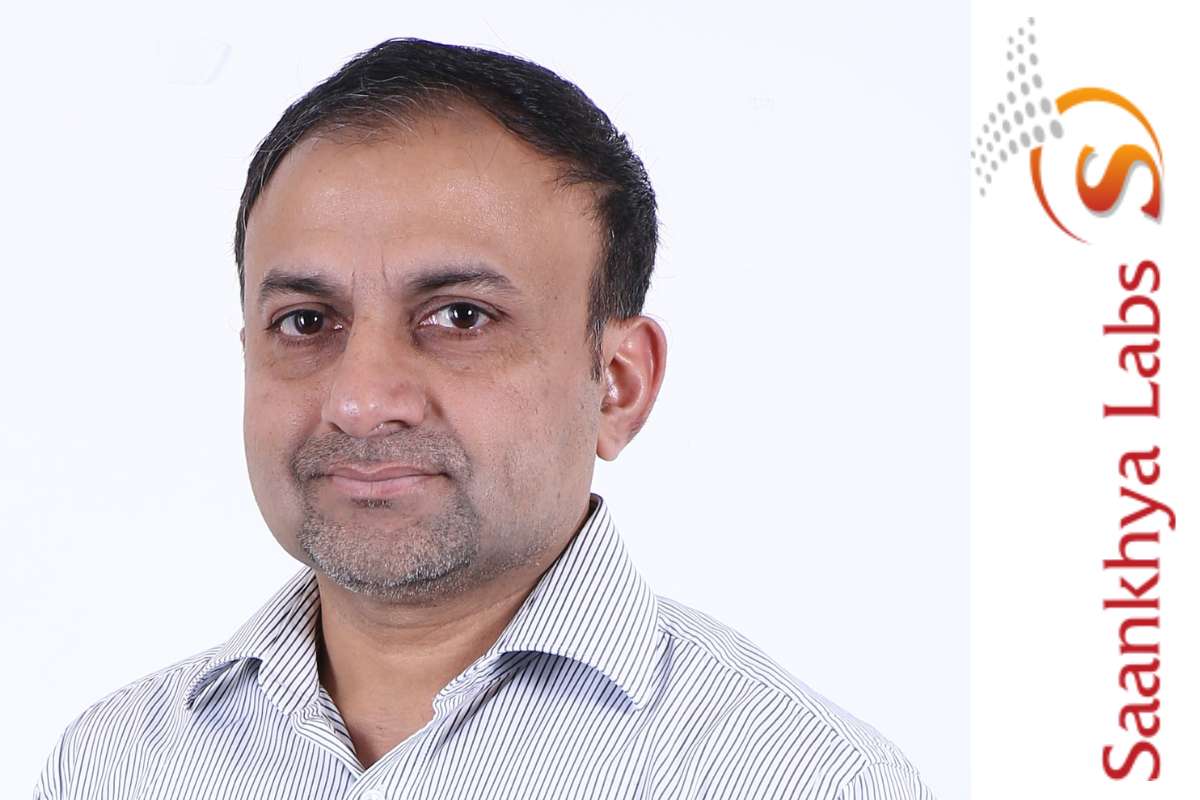MWC 2022 was a very successful exhibition. It was good to see a large number of exhibitors and visitors coming together after two years of the pandemic. The major takeaway from the exhibition is the fact that many mobile network operators across the globe are looking to adopt Open RAN solutions for their networks, said Preetham Uthaiah, EVP - Marketing and Strategy, Saankhya Labs.
Q1. You participated at Mobile World Congress 2022 – Barcelona; what products did you showcase at the event?
We showcased our next-gen wireless communication products and solutions, including:
ORAN 7.2x compliant single-band and dual-band 5G remote radio units (RU) RAN-Wiser Hardware Agnostic Portable RAN Framework (PRF) Broadcast Radio Head (BRH) Android Mobile Phone (MarkOne model) with built-in digital broadcast receiver SoC Prithvi 3.0 from Saankhya Labs, which supports the latest ATSC3.0 standard Satellite communication terminal - Navdoot 2-way MSS terminal for real-time tracking and 2-way communication with fishing vessels in the deep sea.
Q2. Please elaborate more on RANwiser; how does it disaggregate the DU hardware and software?
Unlike the traditional Radio Access Networks (RAN), the Open RAN based 5G RANs are horizontally disaggregated by splitting the base station into Remote Radio Units (RU) and Distributed Units (DU). The RU ecosystem is diverse, with a large number of players, but there are limited DU hardware vendors. The reason for the limited DU vendor ecosystem is because the DU software is very closely tied to the underlying hardware implementation resulting in a “lock-in” between hardware and software vendor. RANWiser is a portable RAN framework (PRF) that enables the DU software to be hardware agnostic and portable across multiple hardware platforms seamlessly, thus allowing DU software to be truly Open in the real sense. RANWiser provides a software framework for RAN workloads that is integrated into a Telco cloud infrastructure software. It provides a framework to build hardware-independent DU software by providing a uniform model for the hardware underneath and lowers the barrier to building portable RAN software. RANWiser gives tremendous benefits to the all-stakeholder of Open RAN, which includes the network operators, DU software vendors, and DU hardware vendors. It lowers the operational cost and increases the flexibility of the DU deployment.
Q3. How does it help Mobile Network Operators to deploy Open RAN Solutions? What are the benefits?
A Truly Open Radio Access Network (O-RAN) will allow the Mobile Network Operator the flexibility to use any vendor’s hardware or software. Traditional mobile networks are normally built using a single vendor RAN equipment, thus reducing the flexibility of the operator to better control cost and optimise their networks. The purpose of the Open RAN solution is to minimise the monopoly of a few large RAN equipment vendors and thus bring in new agile and innovative players into the ecosystem. The cloudification of RAN enabled via Open RAN solutions enable 5G networks to handle sophisticated applications which require more computing power. These cloud and cloud-native technologies will not only reduce costs but also reduce operational complexity and accelerate time-to-market for new services. The Open RAN Solutions reduce the capex and opex for deploying the network. This results in reducing the total cost of ownership of the network.
Q4. Can you please elaborate on 5G Remote Radio Units and how is it transforming the communication landscape?
Saankhya’s multi-carrier, macro cell O-RAN 7.2x compliant 5G Remote Radio Units (RU) enable mobile network operators to service wider areas and provide high-speed, low-latency communication. The Radio Units support a wide portfolio of bands and multiple antenna configurations. Saankhya’s family of RUs include Single Band, Multi-Band and Massive MIMO Radio Units. They are compatible with both 5G and LTE technology. They have a small footprint design to meet local regulations on weight and volume and high power efficiency to reduce operational costs. The software in the radios can be maintained remotely. They have higher throughput and coverage via hybrid beamforming. This increases network efficiency and reduces Capex and Opex, thus reducing the total cost of ownership of the network.
Q5. How much bandwidth does Saankhya’s ORAN Radios support and how does it operate?
The bandwidth requirements vary across various bands that are allocated for 5G. Saankhya’s current generation of the low band (sub-Giga Hz) and mid-band Open RAN Radios support bandwidth up to 100 MHz with both FDD and TDD configurations. The next generation of higher band Radio will support up to 400 MHz bandwidth in future. They can operate in Stand Alone (SA) or Non-Stand Alone (NSA) mode.
Q6. What are your major takeaways from MWC 2022, and how do you see the future of 5G in India?
MWC 2022 was a very successful exhibition. It was good to see a large number of exhibitors and visitors coming together after two years of the pandemic. The major takeaway from the exhibition is the fact that many mobile network operators across the globe are looking to adopt Open RAN solutions for their networks. This has opened the door for many smaller vendors with niche products and solutions. Hence, in this year’s MWC, there were a lot of discussions around collaboration with multiple chip vendors, equipment vendors and software vendors to bring compelling Open RAN solutions to the world. There were several announcements of such collaboration as well. 5G in India is set to take off this year. The government has already announced its intention to auction the spectrum. Once that is done, all operators will start launching their 5G services. Many ecosystem players, including Saankhya Labs, are already building Open RAN based 5G solutions here in India. And there is tremendous involvement by the government and non-governmental agencies as well. We could also see a great interest in Enterprise 5G solutions.
